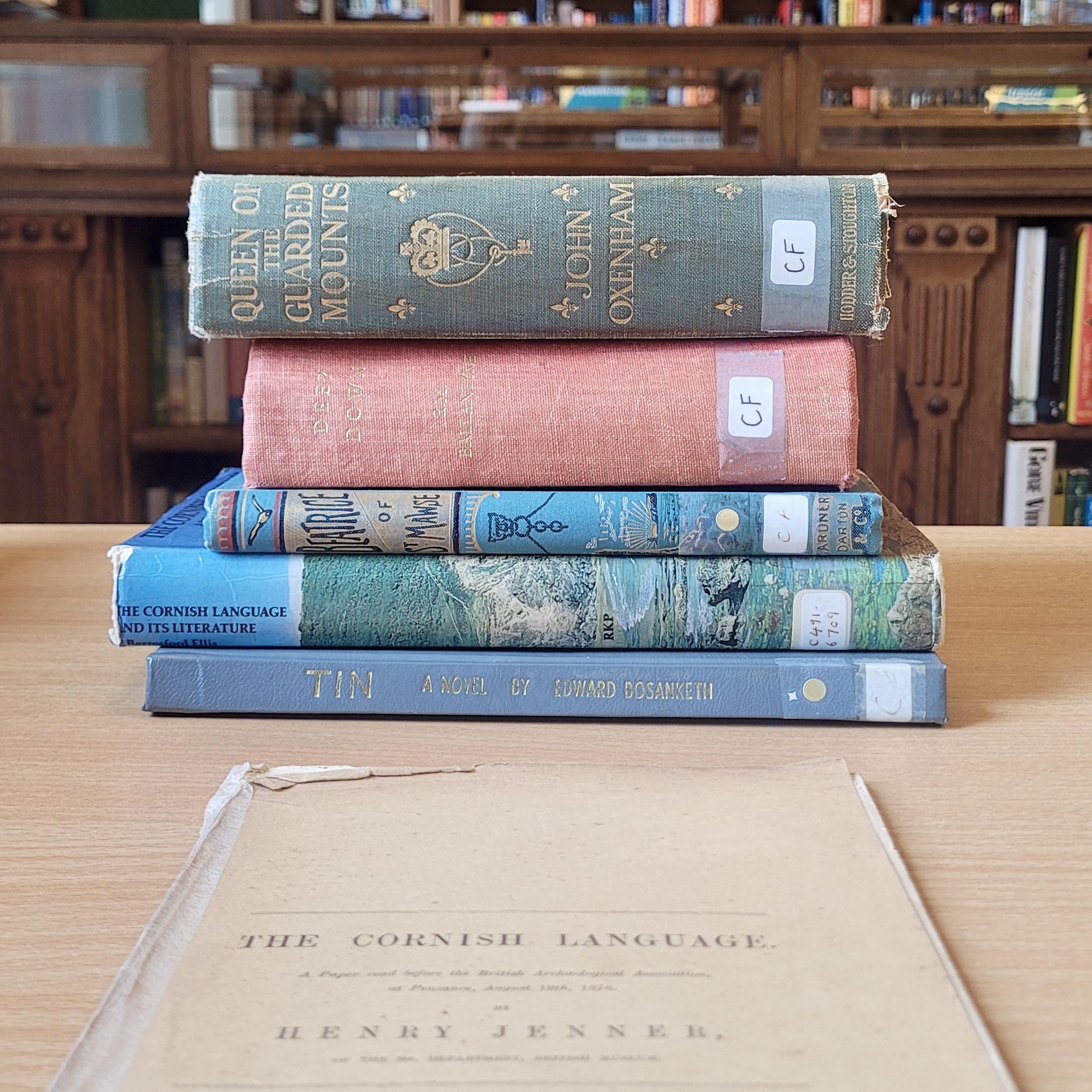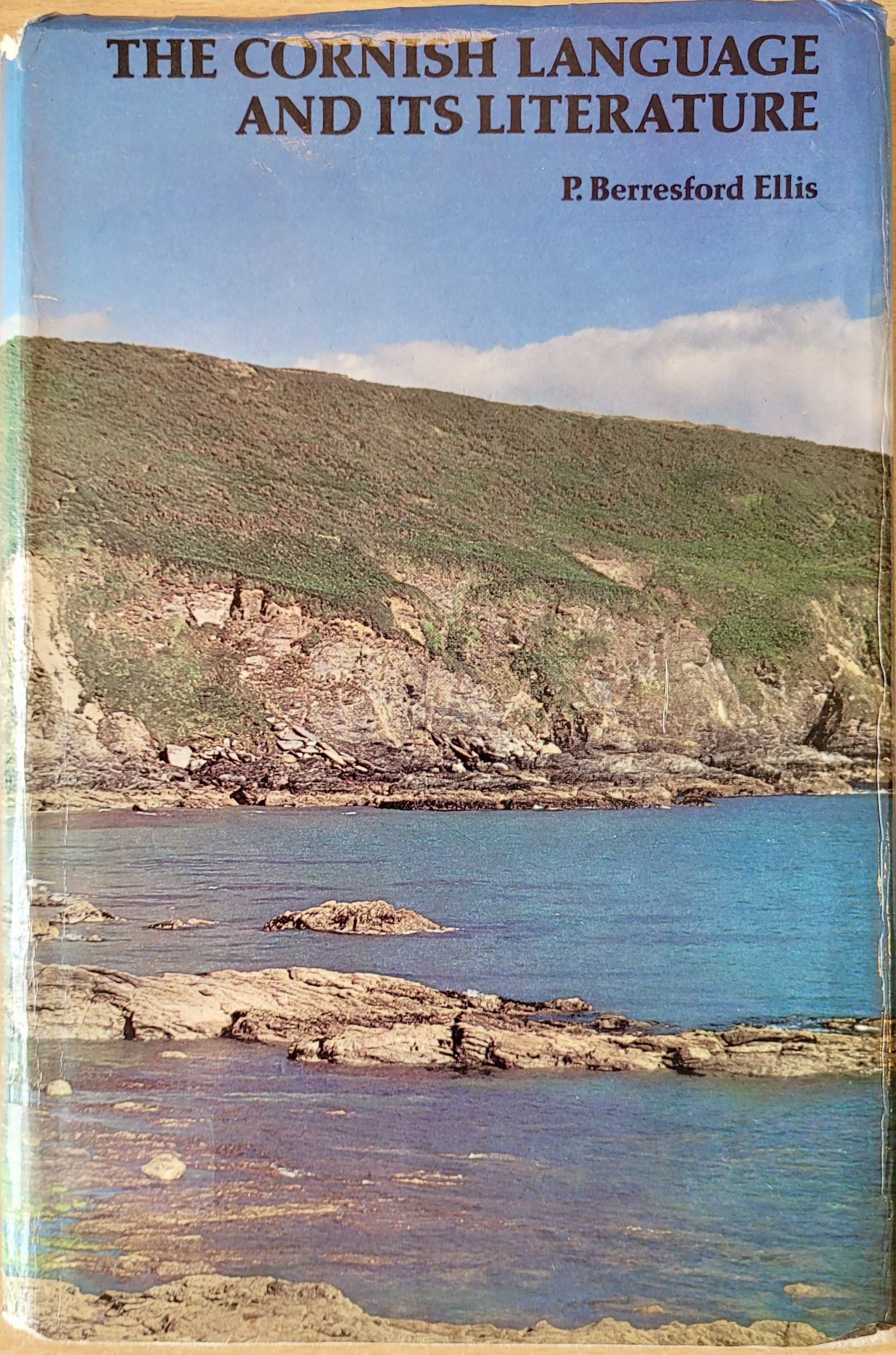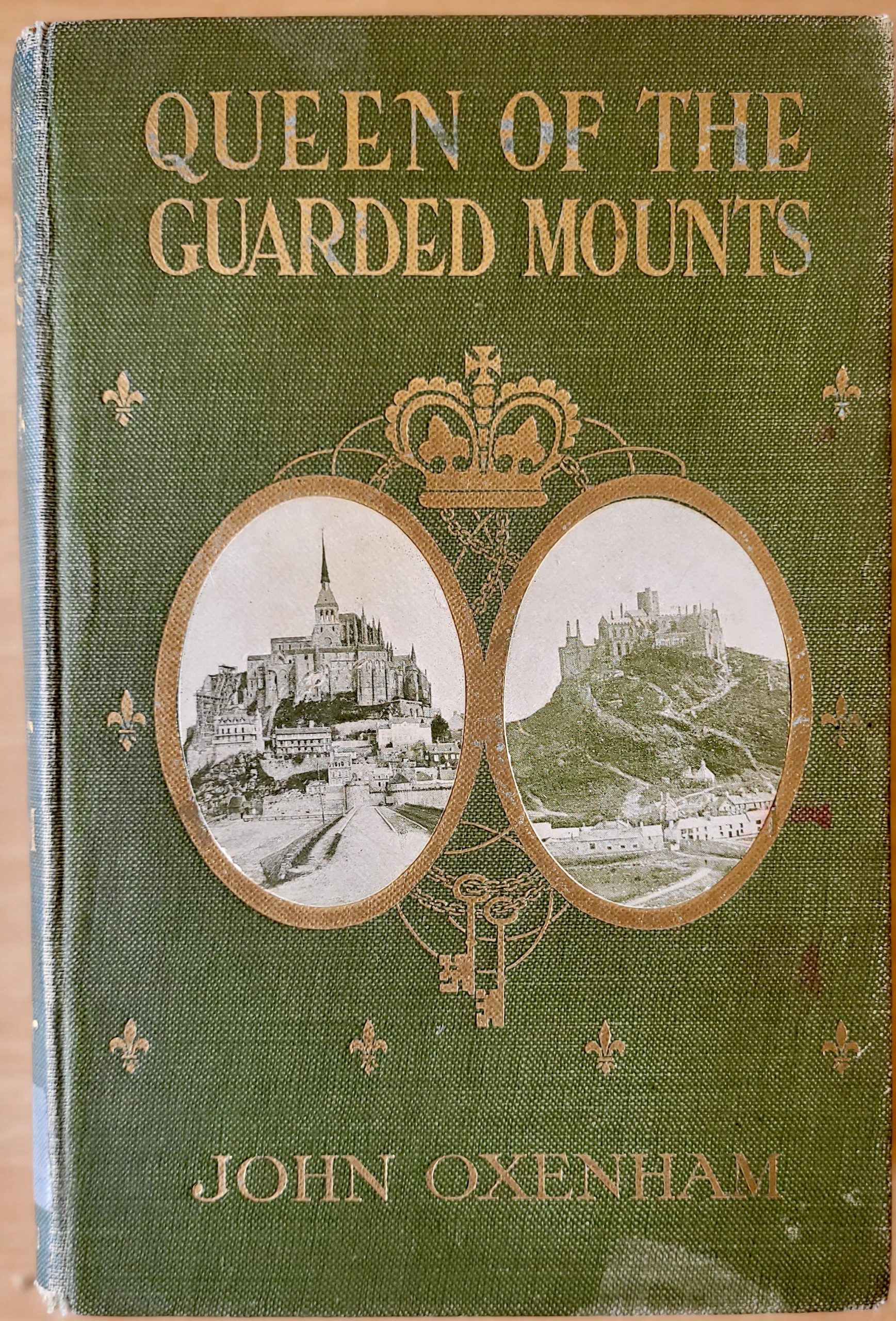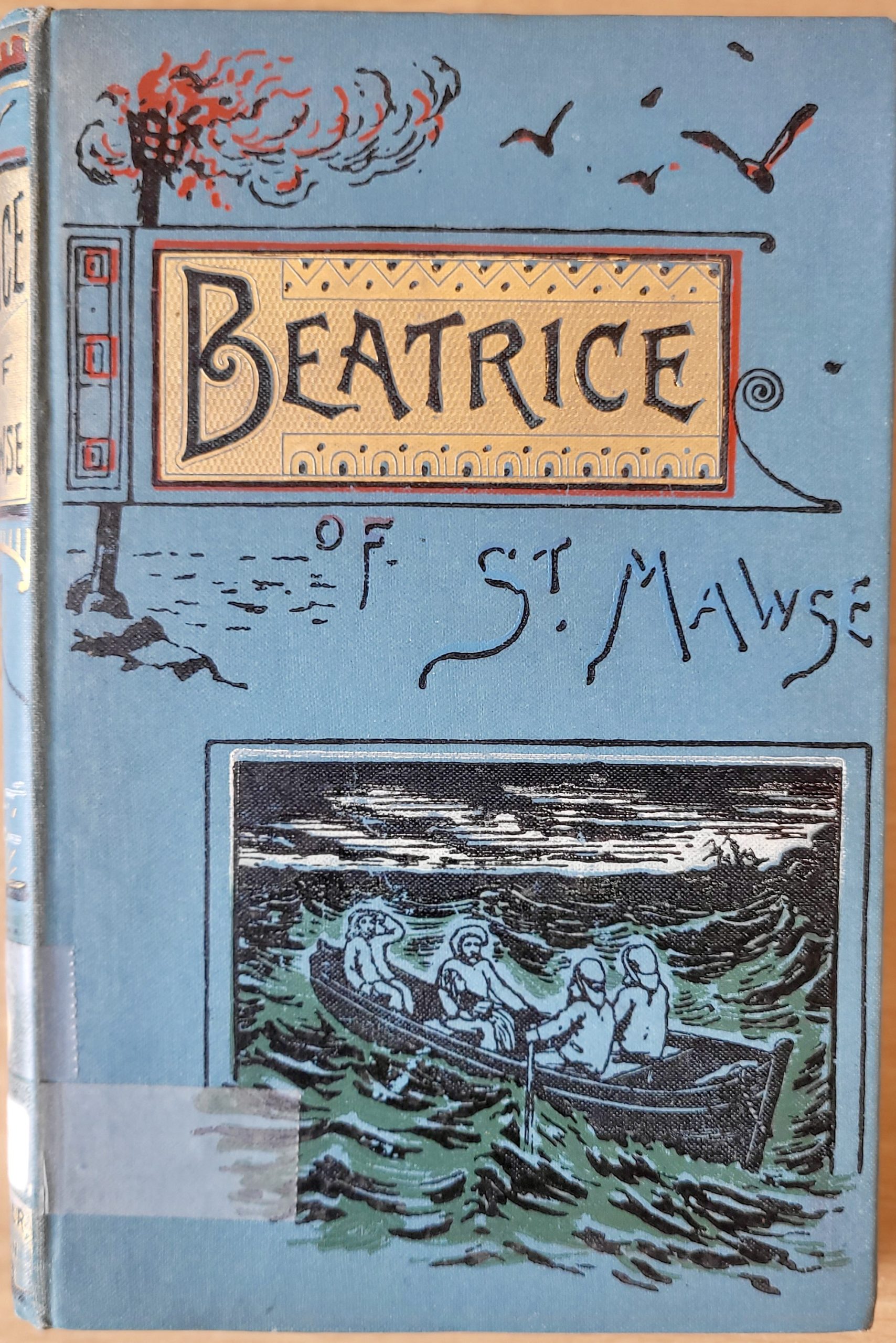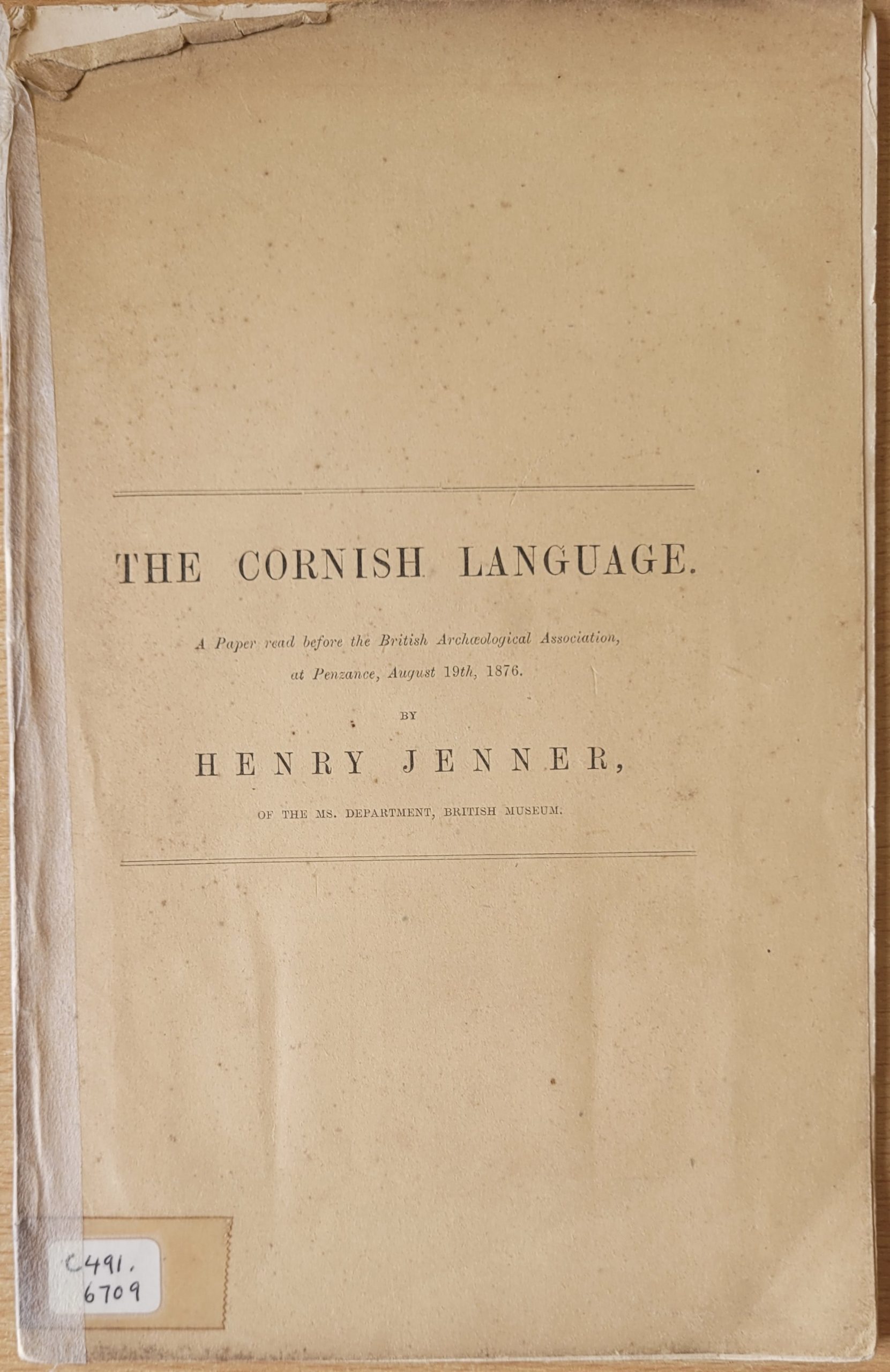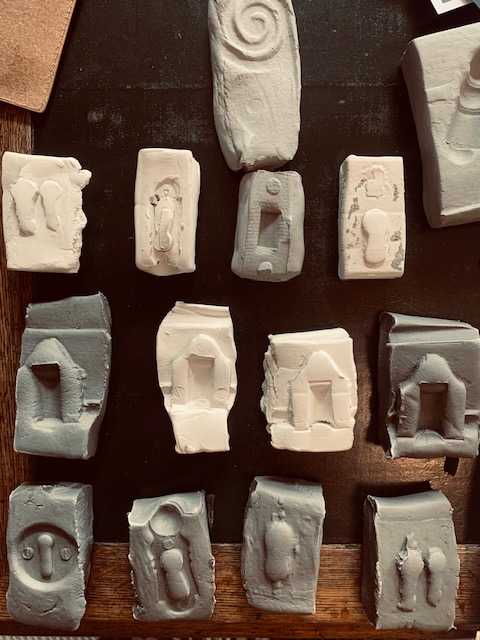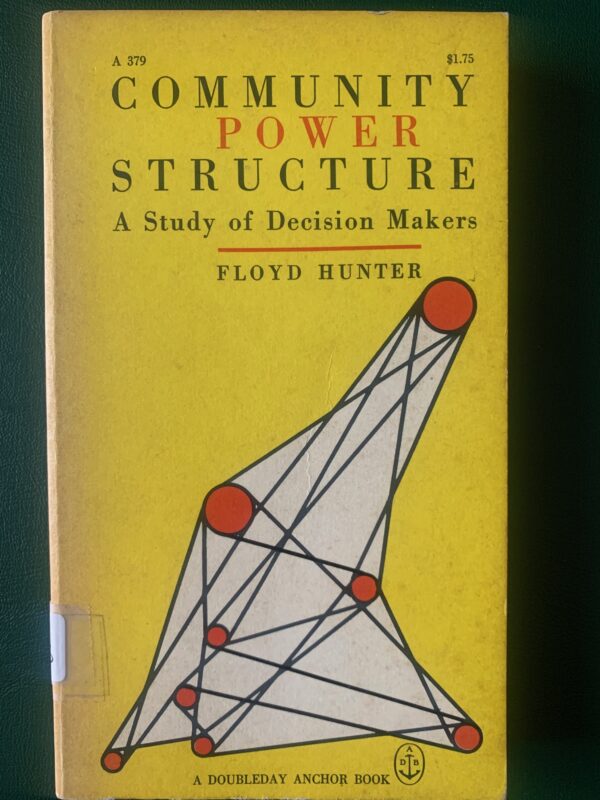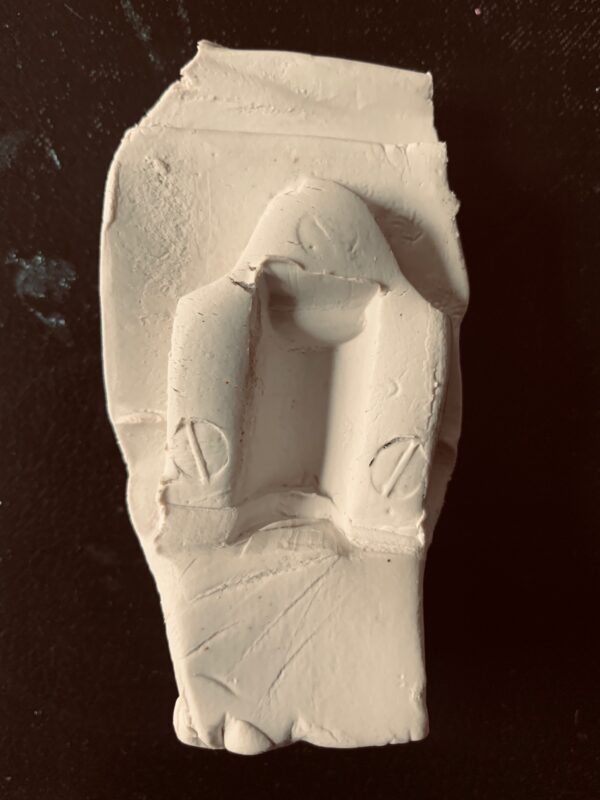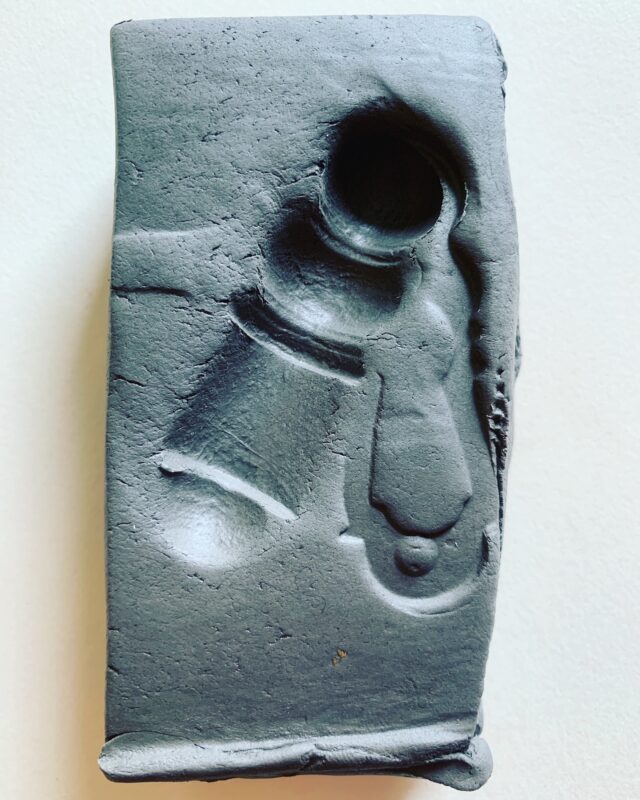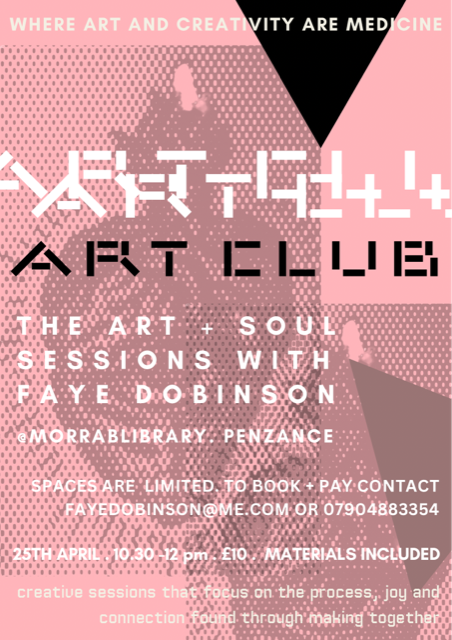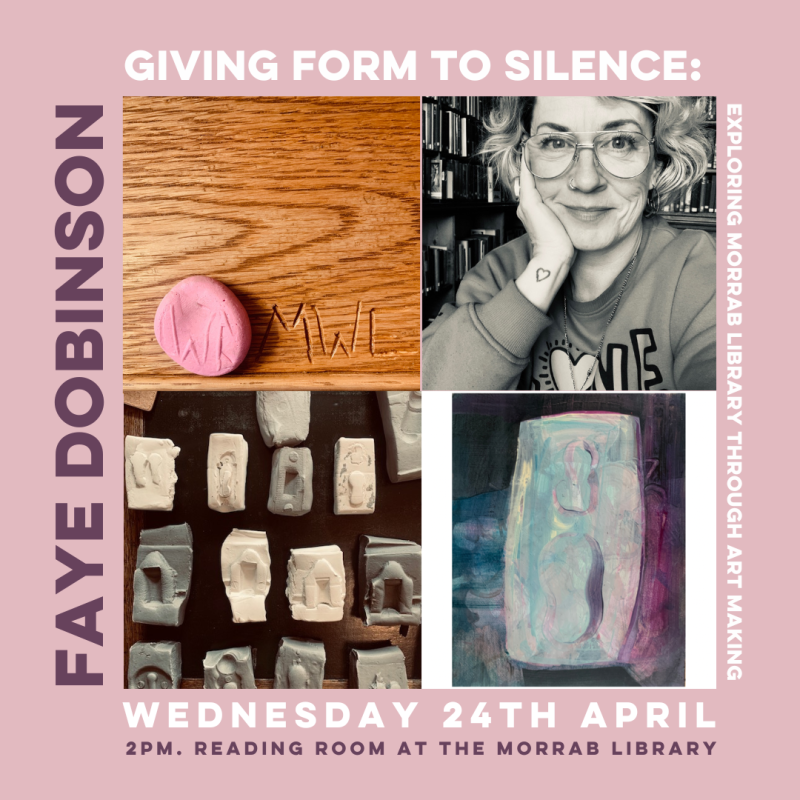Reading List | Katrina Naomi

Katrina Naomi is an award-winning poet, performer and mentor. She has returned to judge our poetry competition, the Patricia Eschen Prize for Poetry, in 2024.
Katrina’s poetry collections have won an Authors’ Foundation Award and Saboteur Award, and she is a recipient of the Keats-Shelley Prize. Katrina’s poetry has appeared on Poems on the Underground, BBC Radio 4’s Front Row and Poetry Please, and in the TLS, The Poetry Review and Modern Poetry in Translation.
Her new collection, Battery Rocks, has won the Arthur Welton Award and is due for publication by Seren in July 2024. In May, Katrina gave a reading at the Library where she read work from previous collections (watch a recording here) and a sneak peek of her new collection.
The reading, and audience questions afterwards, were rich in allusions to other writers and poets. Katrina has kindly shared a ‘‘Reading List’ of books – a mix of poetry, novels and memoir – that were useful to her in the writing of Battery Rocks.


Iris Murdoch – The Sea, The Sea (Fiction)
Monique Roffey – The Mermaid of Black Conch (Fiction)
Anna Selby – Field Notes
Leanne Shapton – Swimming Studies
George Mackay Brown – The Storm
Elizabeth-Jane Burnett – Swims
There are also poems in Battery Rocks in response to the poets Amy Clampitt and Byron, plus one from an unlikely source – a Lillicrap Chilcott advert, which prompted a poem against second homes.


The US poet Sharon Olds was a frequent touchstone in Katrina’s reading and her favourite of Olds’ many collections is Satan Says. If you’d like to read some of Olds poetry, we have Arias (811.6 OLD), The Father (811.54), and The Sign of Saturn (811.6 OLD) available to borrow from the library. She also talked about how she “always find[s] the poet Peter Redgrove a revelation” and recommended his collection In The Hall Saurians. We have The Moon Disposes (821.914), The Cycolean Mistress (C808) and The Nature of Cold (821.914) by Peter Redgrove available to borrow from the Library, and recommend trying the Penzance Public Library for other titles from Katrina’s list that we don’t have in our collection.
You can watch a clip of Katrina reading a selection of poems from previous collections here and borrow her collections from the Library too.


Photo of Katrina Naomi credit: Ian Kingsnorth






